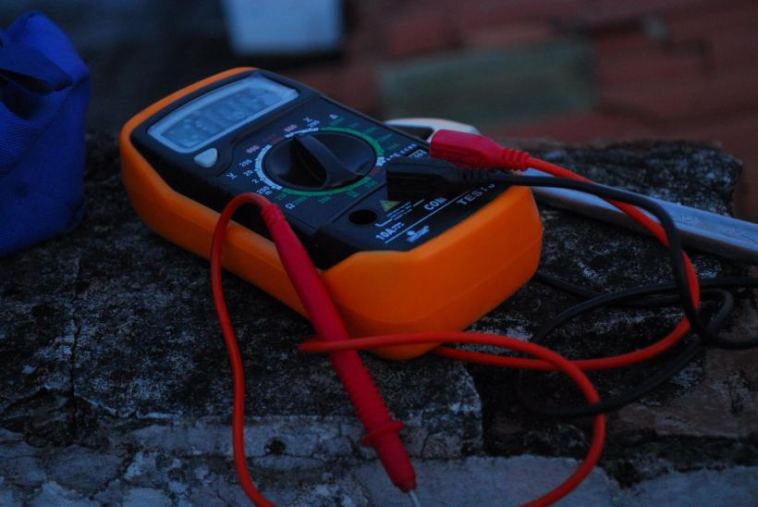- Like
- SHARE
- Digg
- Del
- Tumblr
- VKontakte
- Flattr
- Buffer
- Love This
- Save
- Odnoklassniki
- Meneame
- Blogger
- Amazon
- Yahoo Mail
- Gmail
- AOL
- Newsvine
- HackerNews
- Evernote
- MySpace
- Mail.ru
- Viadeo
- Line
- Comments
- Yummly
- SMS
- Viber
- Telegram
- JOIN
- Skype
- Facebook Messenger
- Kakao
- LiveJournal
- Yammer
- Edgar
- Fintel
- Mix
- Instapaper
- Copy Link
Introduction
PAT testing or portable appliance testing involves the process of testing electrical appliances and equipment to ensure safety. The process involves a test and tag process and observing portable appliances, followed by visual inspections, concluding with formal inspections by an individual deemed fit to carry out the entire thing.
A portable appliance tester (PAT) helps minimize the risks associated with electrical shocks by detecting safety problems that come with electrical equipment before they even happen.
Is the Testing a Legal Requirement?
The short answer is no. However, requirements may vary from country to country or even state to state. You will want to determine whether your local area has such a requirement or not.
For example, the law in New Zealand states that every electrical equipment or appliance in a workplace should be well-maintained to ascertain they are safer and don’t pose a threat, it neither specifies the way they need to be maintained nor how regularly.
But PAT testing is usually recommended by professionals as an effective way to meet safety and health obligations and keep workers protected.
Electrical Classes in Testing
Electrical equipment and appliances are primarily categorized from class 1 to class 3, with class 2 being the least risky one and class 1 the most dangerous one.
These electrical appliance categories help determine whether or not they should be tested and to which degree. Class 1 equipment requires a full test, class equipment needs an insulation test, and class 3 equipment doesn’t have to get tested at all. Examples of appliances falling under these three categories include:
- IT appliances
- Chargers and cables
- Portable appliances
- Fixed appliances
- Handheld appliances
- Moveable appliances
- Stationary appliances
Who Qualifies to Carry out PAT
In New Zealand, law states that a reliable person should carry PAT. This person can be defined as someone who has enough knowledge of electricity, a better understanding of risks in the workplace, and the capability to determine whether or not it is safe to carry out the testing.
In the perfect world, qualified electricians will conduct PAT testing. But PAT testers are deemed competent in case they have already completed PAT training courses that qualified instructors to run.
The course should include practical and knowledge-based tests, which instructors mark. The basics of the course cover safety in a workplace and should explain how to test all the items.
It should as well include visual inspections of every appliance to get tested and show a better understanding of a portable appliance tester.
What Testing Detects and Prevents
In-depth testing concentrates on three major things. Technically, earth continuity is one of the major categories that testing focuses on. It tests the resistance of protective earth of cables or electrical appliances. Accessible earthed part of an appliance is what usually gets tested. The test is carried out to determine the connection between the appliance’s case and the earth pin.
A better connection is normally one which has a resistance of 0.1 ohms and below. Appliances that score well in this test have a reduced likelihood of resulting in electrical shocks. Other categories of testing include:
- Insulation resistance
- Lead polarity
Closing Remarks!
Advanced PAT kits for testing are perfect for users with more technical expertise and knowledge. Those advanced systems are especially suited to manage facilities since they allow for recording test status and location of appliances or equipment.
So apart from investing in an individual tester, you can as well consider a PAT testing kit, which is designed to enable you to carry out tests safely and effectively.


